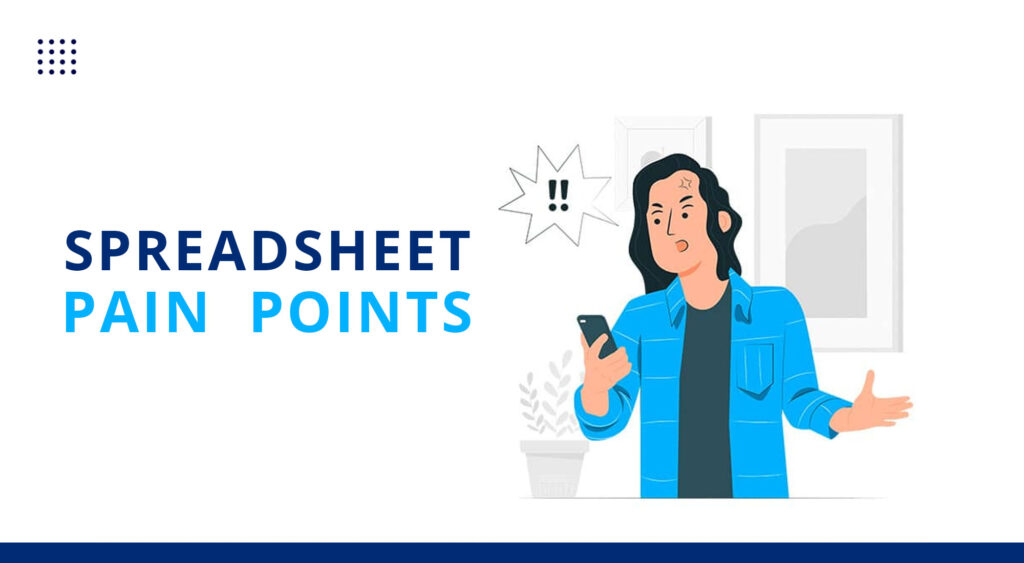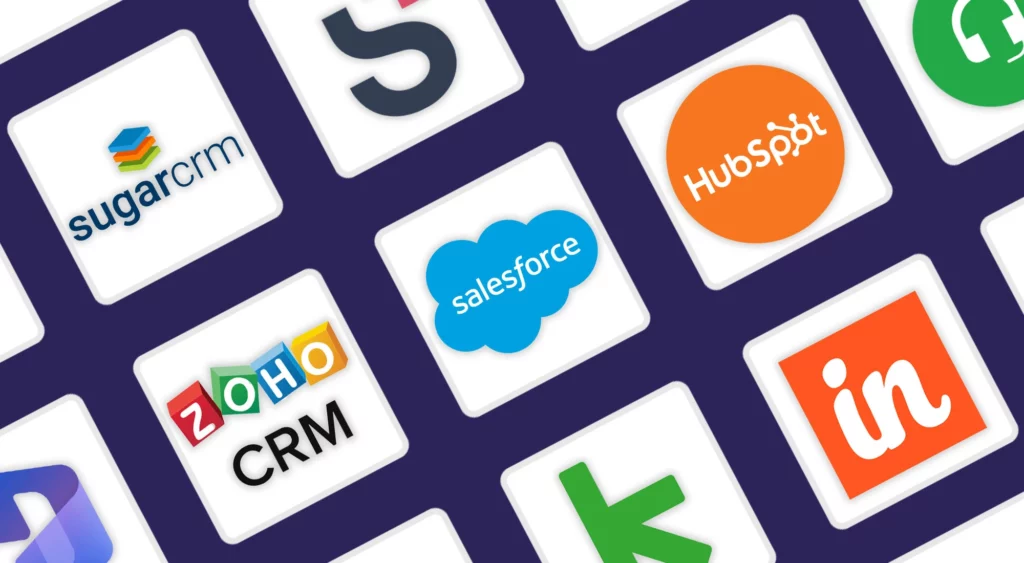Spreadsheet software has been the most used tool to organize, analyze, and manipulate data in a tabular format. For decades, it has been providing the industry with a digital workspace where data can be entered, stored, calculated, and presented in a structured manner using rows and columns.
With the ever-changing industry landscape, business owners need more than just spreadsheets to store their customer’s data. While Excel is a versatile tool, it may not be the most efficient solution when your business starts growing. Enters the Customer Relationship Management (CRM) system.
CRMs are specialized applications or platforms designed to help businesses manage and optimize their interactions with customers, clients, and prospects. These software solutions are essential tools for businesses of all sizes and industries to build, maintain, and strengthen relationships with their customers.
In this blog, we’ll explore the five common pain points that small business owners experience with Excel and how adopting a Customer Relationship Management system can help you overcome these challenges.

1. Scalability
Spreadsheet software like Excel becomes unwieldy when dealing with a large volume of customer data, making it challenging to maintain accuracy and efficiency. Although Spreadsheets can handle a large amount of data, they can quickly become complex making it difficult to manage a large dataset.
Alternatively, CRM software like Salesforce can grow with your business, handling a significant volume of data effortlessly, while maintaining data integrity. Intuitive UI makes it easier to navigate through and manage a huge dataset.
2. Data Accuracy
Manual data entry can lead to errors, inconsistencies, and outdated information that could impact customer relationships and decision-making. You can apply validation rules on the cells, to control the accuracy of the data but that is nowhere near the capabilities of a CRM.
Automation reduces the risk of manual data entry errors, ensuring that your customer information is always up-to-date and accurate. Features like validation rules and triggers make sure that the data is appropriate and accurate. With CRM software, you can control how the interlinked values are updated and are always kept in check.
3. Reporting
Creating reports and extracting valuable insights from Excel data can be time-consuming, especially when dealing with multiple spreadsheets. Spreadsheet software usually comes as a part of a suite that has specialized software for generating graphical reports, Microsoft Office Suite being a prime example.
CRM systems provide robust reporting and analytics tools that allow you to generate real-time insights and make data-driven decisions. For example, you get the inbuilt feature of Reports and Dashboard which can generate complex insights based on the data.
4. Collaboration
Spreadsheets are typically isolated documents, hindering collaboration among your team members and causing version control issues. With Microsoft Excel and Google Sheets moving to the cloud, multiple people can work together on the same document. However, the collaborative functionality is very limited.
Centralized customer data in a CRM fosters teamwork, enabling your employees to access and update information easily and collaborate more effectively. Every user owns certain records in the CRM that they can choose to share with other users.
5. Automation
Automation features in the Spreadsheets are limited to the dataset. Features like Formulas and Functions, Data Validation, Conditional Formatting, and Macros work to maintain the quality of the Data. These software do not offer any automation features to aid the growth of business.
CRM systems like Salesforce come with built-in automation features like Contact Management, Lead and Opportunity Management, Workflow Automation, Automated Approvals, Automated Marketing Emails, and much more. These features aid a business in accumulating and retaining its customer base. Not to mention that CRM software is equipped with all the data-related automation features that you get with Spreadsheets.
Spreadsheets v/s CRM
Though both Spreadsheets and CRM are developed to help businesses maintain their data, they do not cater to the same business needs. Some small businesses might do just fine with Spreadsheet software while others might need a CRM to thrive. Follow the below table to understand what type of software is well-suited to your growing business.
| USE CASE | SPREADSHEET | CRM |
|---|---|---|
| Contact Management | ✘ | ✔ |
| Sales Tracking | ✘ | ✔ |
| Lead Management | ✘ | ✔ |
| Marketing Campaigns | ✘ | ✔ |
| Customer Support | ✘ | ✔ |
| Reporting and Analytics | ✘ | ✔ |
| Data Validation | ✔ | ✘ |
| Inventory Management | ✔ | ✘ |
| Financial Tracking | ✔ | ✘ |
| Project Management | ✔ | ✘ |
| Workflow Automation | ✔ | ✔ |
| Collaboration | ✔ | ✔ |
| Mobile Access | ✔ | ✔ |

Selecting the Right CRM for your Business
Choosing the right CRM for your small business is crucial. Consider factors like your business needs, budget, and user-friendliness. Popular CRM options include Salesforce, HubSpot, and Zoho CRM, each offering various features designed to streamline your business operations. To make it easier for you, we have curated detailed guides comparing the giants of the CRM world.
In conclusion, while Spreadsheets may be a handy tool for certain tasks, it has its limitations as your business grows. Small business owners can greatly benefit from adopting a CRM system. A CRM not only resolves Excel’s pain points but also enhances customer relationship management, streamlines operations, and contributes to business growth. If you’re ready to take your small business to the next level, it’s time to consider making the transition from Excel to CRM.



